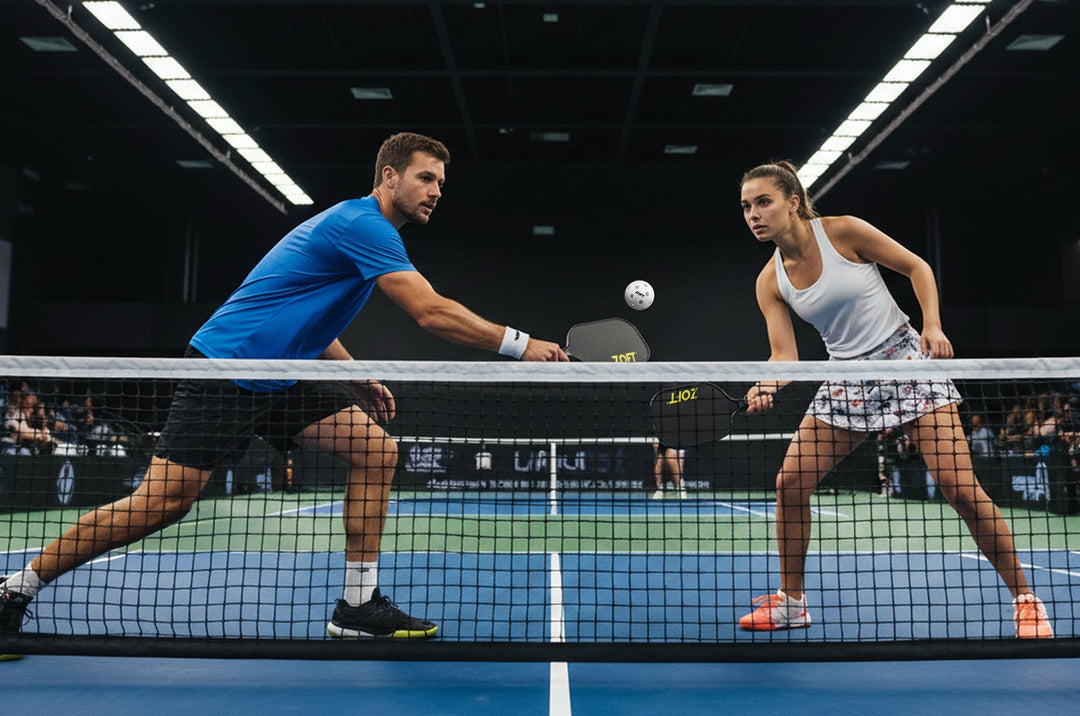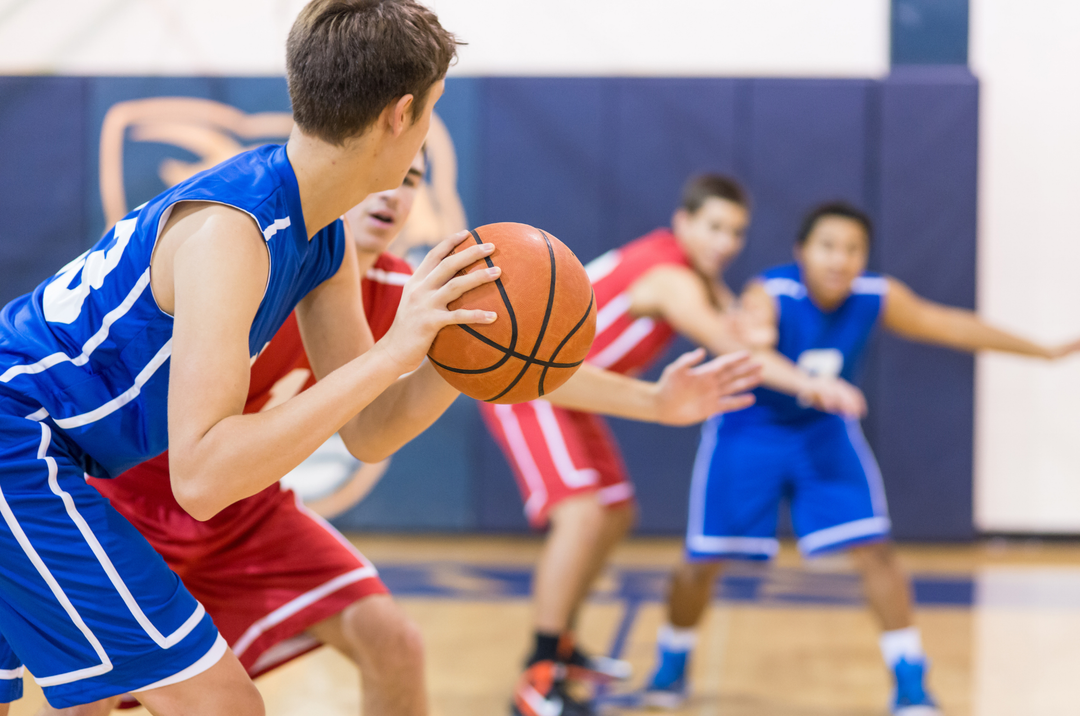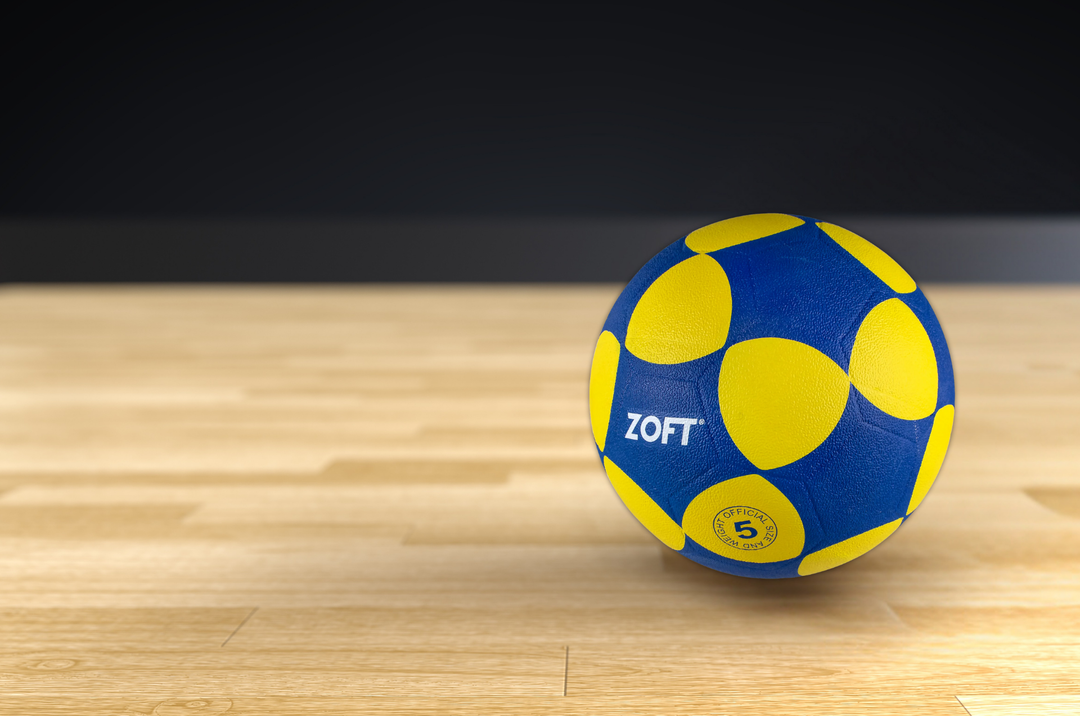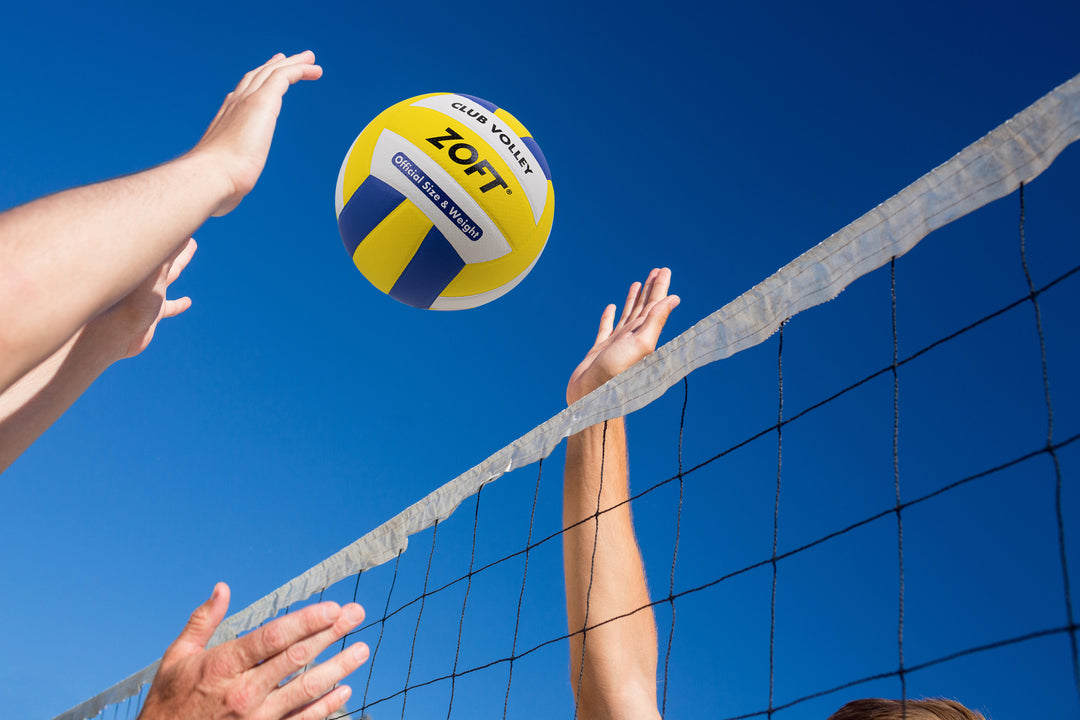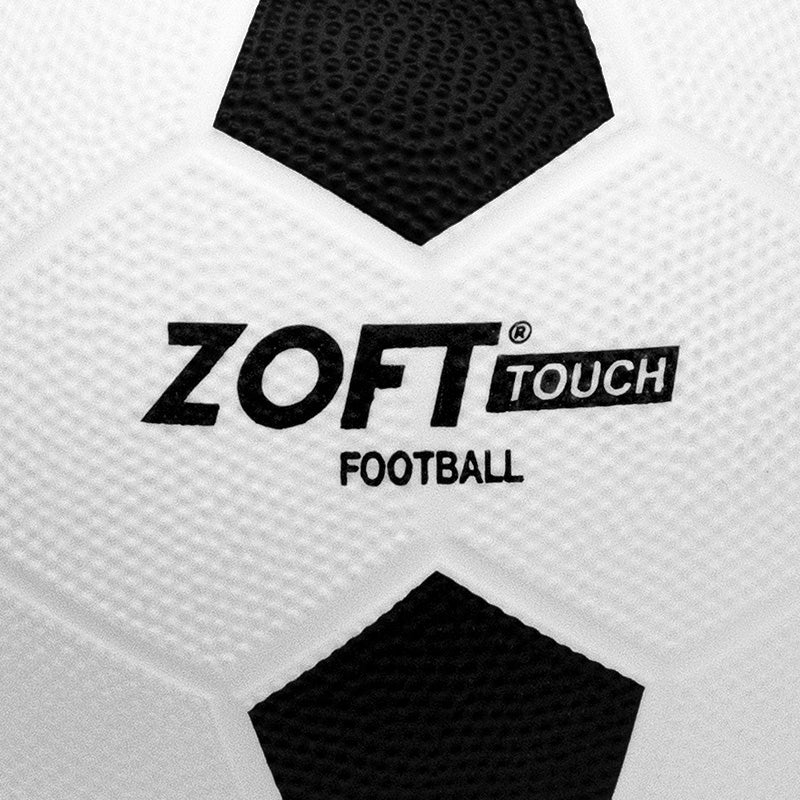Are you curious about what sets pickleball and tennis apart? These two racquet sports offer unique experiences, and this guide breaks down their key differences. From origins and rules to equipment, court dimensions, and gameplay, here’s everything you need to decide which sport might suit you best.
Rules and Gameplay
The rules of tennis and pickleball share some similarities, but there are notable differences in how the games are played.
-
Tennis Rules:
Tennis can be played in singles (one player per side) or doubles (two players per side). The scoring system progresses through points (15, 30, 40, game), games, and sets. Strategies often revolve around powerful serves, volleys, and long rallies, requiring stamina and precision. -
Pickleball Rules:
Pickleball also allows singles or doubles play but operates with a simpler scoring system. A game typically goes up to 11 points, and players must win by a margin of two. An essential feature in pickleball is the "kitchen" or non-volley zone, where volleys are prohibited. This rule encourages finesse and careful shot placement instead of raw power.
Key Difference: Pickleball’s rules are less complex and easier for beginners to grasp, while tennis often demands more time to master.
Equipment
The equipment required for tennis and pickleball also highlights how the games differ.
-
Tennis Equipment:
Players use a standard, 27-inch tennis racket and pressurised tennis balls. Tennis shoes are specifically designed for quick lateral movements, offering the stability needed to cover the larger court. -
Pickleball Equipment:
Pickleball uses a lightweight paddle, smaller than a tennis racket, and a plastic waffle ball that moves slower and bounces less than a tennis ball. Shoes for pickleball are similar to tennis shoes but are optimised for the smaller court size and less strenuous foot movement.
Key Difference: Pickleball paddles and balls are easier to control and less demanding, making them more beginner-friendly.
Court Size and Layout
One of the most obvious differences between pickleball and tennis is the size of the playing area.
-
Tennis Court:
A standard tennis court is 78 feet long and 36 feet wide for doubles, making it significantly larger than a pickleball court. The net height is 36 inches at the sidelines, with various surface types like hard courts, clay, and grass to add diversity to the game. -
Pickleball Court:
Pickleball courts are much smaller, just 44 feet long and 20 feet wide. This compact size makes pickleball more accessible for recreational play on community courts or in smaller spaces.
Key Difference: Tennis courts require greater physical endurance to cover, while pickleball courts are more compact, making them suitable even for older players or those with limited mobility.
Pace and Style of Gameplay
The pace and style of play in tennis and pickleball cater to different athlete profiles.
-
Tennis:
Tennis is fast-paced and physically demanding. Long rallies, powerful strokes, and the speed of play require endurance, agility, and a high level of fitness. -
Pickleball:
Pickleball’s gameplay, while slower, is more about strategy. Techniques like "dinking" (softly volleying the ball near the net) require precision and tactical thinking. While it's less intense than tennis, it emphasises quick reflexes over raw strength.
Key Difference: Tennis challenges physical stamina, while pickleball’s charm lies in its strategic finesse.
Popularity and Accessibility
Both sports have their followers, but their reach and accessibility vary.
-
Tennis Popularity:
Tennis has long been seen as a global sport, with deep roots in tradition. Its professional tournaments, like Wimbledon and the French Open, enjoy widespread fame, drawing audiences from around the world. However, tennis is sometimes perceived as less accessible due to the skills and physical conditioning it demands. -
Pickleball Popularity:
Pickleball has quickly gained traction, especially in the United States, with community courts popping up nationwide. Its low learning curve and social nature make it appealing to players of all ages and skill levels, from children to seniors.
Key Difference: Tennis enjoys established global recognition, while pickleball is rising in popularity due to its accessibility and community-oriented approach.
Which One Should You Play?
Choosing between tennis and pickleball depends on your preferences and fitness goals. If you enjoy a high-energy, fast-paced workout and love the prestige associated with the sport, tennis could be the right fit. However, if you’re looking for a low-impact, social activity that’s easier to pick up, pickleball is worth trying.
To sum up, tennis and pickleball are both exciting sports, but their differences set them apart. Tennis demands greater physical endurance and offers a competitive, high-stakes atmosphere. Meanwhile, pickleball is more relaxed, accessible, and social, rooted in strategic gameplay.
If you’re intrigued by either sport, why not give both a try? Check out your local courts, join a club, or invite friends for a game. Need quality gear for tennis or pickleball? Find everything you need at Zoft. Shop today and get ready to play!



